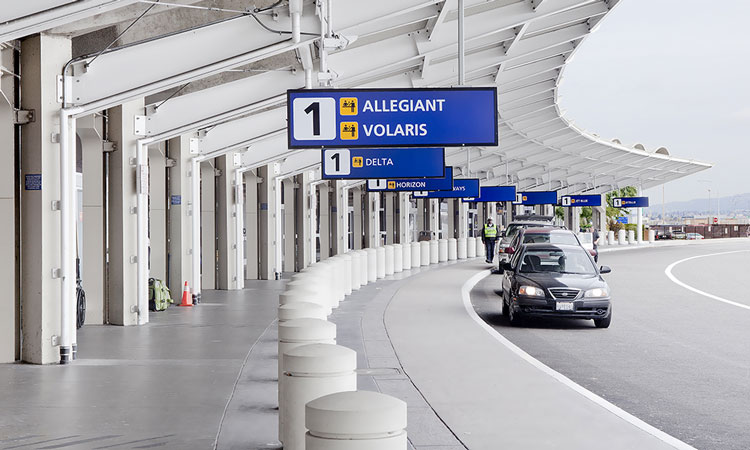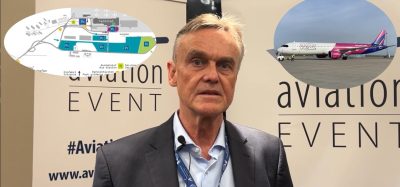Oakland Airport prepares for the ‘new normal’ that post-COVID-19 will bring
- Like
- Digg
- Del
- Tumblr
- VKontakte
- Buffer
- Love This
- Odnoklassniki
- Meneame
- Blogger
- Amazon
- Yahoo Mail
- Gmail
- AOL
- Newsvine
- HackerNews
- Evernote
- MySpace
- Mail.ru
- Viadeo
- Line
- Comments
- Yummly
- SMS
- Viber
- Telegram
- Subscribe
- Skype
- Facebook Messenger
- Kakao
- LiveJournal
- Yammer
- Edgar
- Fintel
- Mix
- Instapaper
- Copy Link
Posted: 15 May 2020 | International Airport Review | No comments yet
Oakland International Airport has taken a variety of steps to ensure long-term safety, sustainability and a successful future.


As the air travel industry adjusts due to COVID-19, Oakland International Airport (OAK) has implemented procedures to protect travellers and workers – now and in the future.
OAK has instituted a Resiliency Task Force to examine all aspects of the airport’s management and operations, for both short-term and long-term sustainability.
The Resiliency Task Force has brought members of the airport’s operational teams together to minimise the spread of COVID-19, encourage and plan for safe air travel and establish a high-quality passenger experience.
Director of Aviation, Bryant L. Francis, said: “I am extremely proud of how well my team at OAK and our many business partners have adapted, working together to ensure that safe travel remains available to and from Oakland International. I am confident in our ability to move forward together effectively and successfully, and believe that OAK will remain a critical gateway for Bay Area residents and visitors as we prepare for a newly-imagined future inclusive of air travel.”
The trade association representing North American airports has urged the U.S. government to adopt guidelines for the use of facial coverings by all individuals in the public areas of airport terminals. OAK implemented the use of face-coverings in April 2020 and is working with law enforcement partners to enforce applicable requirements and educate the public to ensure the safety of everyone at the airport.
To date, OAK’s Resiliency Task Force has facilitated safety enhancement measures in compliance with CDC and Alameda County Public Health Orders, and is working toward additional adjustments, including:
- Installation of social distancing markers
- Safe queuing assistance for security checkpoint lines
- Plexiglass guards for Terminal 1 ticket counters, boarding gate counters and Customs & Border Protection counters for international arrivals
- Adjusted gate, seating and staffing plans to allow social distancing with the terminals
- Temporary suspension of high-exposure operations while experiencing low activity volumes, including the airport’s taxi-stands, employee shuttle bus services and operation of the Volunteer Ambassadors Program
- Adoption of new cleaning and disinfecting supplies and practices along with use of new supplies and equipment to assist in that effort.
Related topics
Airport crisis management, COVID-19, Safety, Terminal operations

















